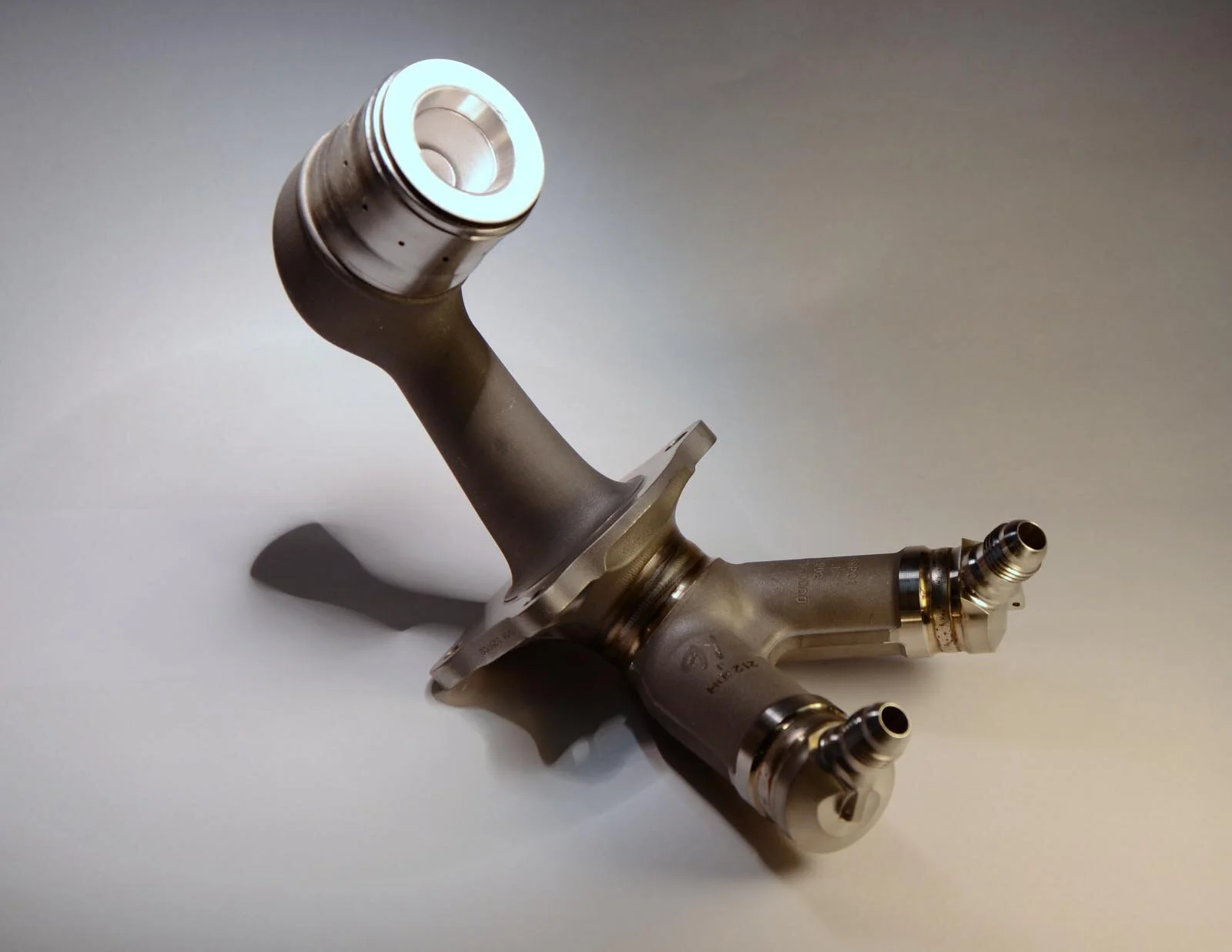6.16.21 - avionics industry news
This entry will provide commentary on a recent and relevant news story.
CFM Partnership Extension; LEAP Success; Investment in Additive Manufacturing
In any use case of industrial 3D printing, or additive manufacturing (AM), a critical element is the design team involved. When compared to other, traditional methods like forming, casting, or molding, AM provides unique strengths which result in weight reduction and modularization, both head-turning advantages in the aviation industry. Though designers and engineers are beginning to understand and integrate these strengths, applications of AM in this field are still in their relative infancy.
GE Aviation and Safran SA’s recent extension of their joint venture, CFM International, signals a success for the production teams at the jet engine developer. Similar to a prior extension in 2008, the two giants indicated that they would continue investment in the joint venture through 2050.
Originally formed in 1974 to facilitate production of the popular CFM56 turbofan jet engine, CFM has again proved value with the recently redesigned LEAP (Leading Edge Avionics Propulsion) engine. The joint venture will continue development with an emphasis on reducing environmental impact while exploring new technologies like electric/hybrid engines and open-fan design, an approach where the jet propeller operates without a shell or nacelle.
CFM’s most recent product, the LEAP engine, was one of the first industry grade jet engines to integrate additive manufacturing (AM) into its workflow: the engine’s fuel nozzle was redesigned specifically for AM. Previously assembled from twenty welded parts, the new fuel nozzle is 3D printed as one component and boasts five times the durability. With 19 fuel nozzles on each LEAP engine, this redesign adds up to a lot of saved assembly time for mechanics.
The GE LEAP Fuel Nozzle
Courtesy of GE Additive
In a similar case, GE integrated 3D printing into the production of its smaller Catalyst turboprop engine. By optimizing components through design for AM the engine dropped over 100 pounds while gaining fuel efficiency and reliability. Redesigned for this unique production method, the entire engine could now be 3D printed and assembled out of just 12 parts rather than 855 parts previously.
Additive has an effect on a jet engine’s business cycle. Traditionally, the development process for a new engine runs 4-10 years. “With additive manufacturing,” says Gordie Follin, executive manager of the Catalyst program, “we’re disrupting the whole production cycle.” By integrating AM into the workflow, Follin’s team went, “from a dream to a reality in less than two years.”
With this record, it is no wonder that GE is rushing to apply AM to more and more business units (like surgical devices with Endocon). The aviation industry is just one of many which is integrating additive manufacturing into their workflows with success. Alongside each product is a unique application of DfAM (design for additive manufacturing) which optimizes the product to gain the most from 3D printed geometry.
Conclusions
Avionics will continue to be an area of interest to AMPEL. This has been a cool case study.
